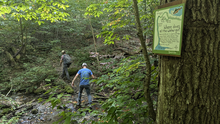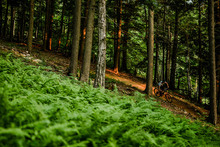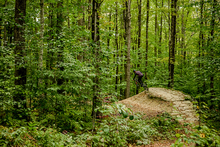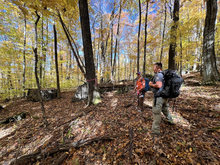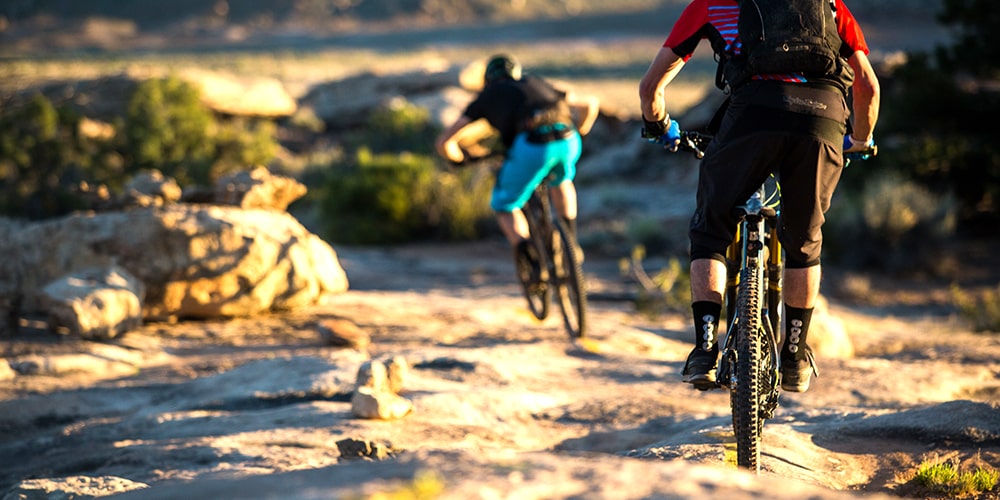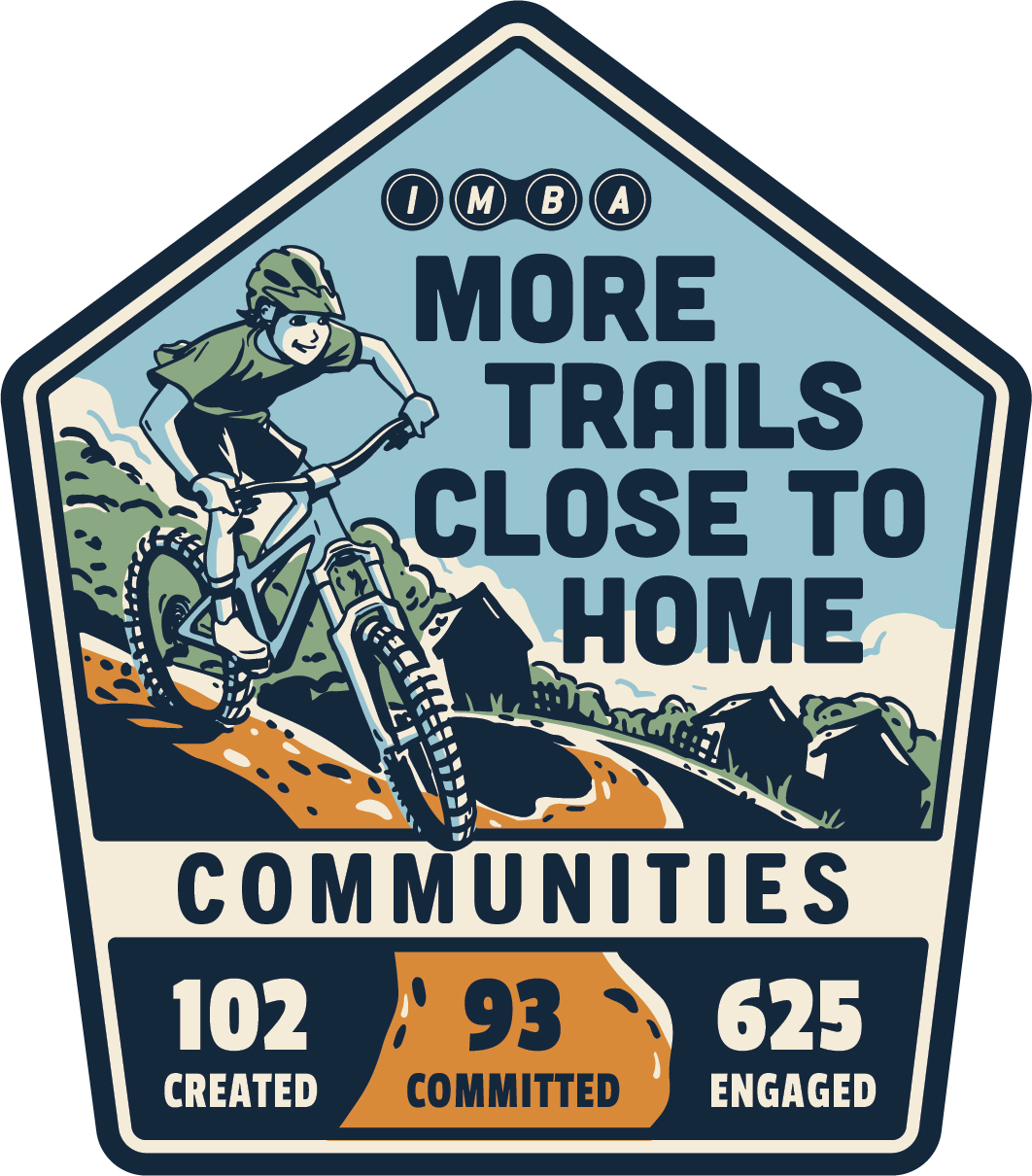Riding the Wave in Williamstown
For two weeks in early May, Empowering Access and Dovetail Trails worked with the Central Oregon Trail Alliance (COTA) and in collaboration with Oregon Adaptive Sports (OAS) to do trail assessments for adaptive mountain bike riders in and around Bend, Oregon.
The work was made possible by a grant from a private donor and facilitated by the International Mountain Bicycling Association (IMBA). COTA and OAS had envisioned doing this work for several years, and this funding made it possible to hire Empowering Access and Dovetail Trails and turn a dream into reality.

Time on the trail is essential to see how a variety of adaptive mountain bike equipment operates and the specific capabilities and fortes in the trail. As Dovetail Trails’ owners and main consultants, Joe and I are purposeful in cultivating an open atmosphere. We incorporated daily discussions with the trail managers and adaptive sports volunteers to discuss the nuances of laws, disability, and equipment. Throughout the week, the lessons learned were innumerable, and the trail maintenance or changes were a low percentage compared to the number of miles assessed.
For Joe and me, the hope is that by riding with us and our two different adaptive mountain bikes throughout the week, COTA’s crew leaders would not only begin to see the barriers and small tweaks needed at that moment but that this intensive time spent seeing us in action would become ingrained when thinking through trails. More eyes and hearts envisioning terrain for three-wheeled devices, even as they still travel and enjoy their two wheels.


Dovetail’s vision for working with COTA and trails in Bend, Oregon is two-fold: first, marrying sustainable trail design with adaptive users (i.e., a variety of mobility devices) within the scope of the specific managed use of this trail network. And, our vision connects humans to humans, which is why we hold a community day amidst the days of trail assessments. The adaptive community is small, and we want to ensure that we incorporate local adaptive knowledge while sharing our broader perspective of laws and visitor use management. Connecting the local adaptive community with the on-the-ground trail organizations and cultivating relationships as these initiatives continue is imperative.

The weekend of May 6th, we invited the greater mountain biking community together. Through this event, we were able to directly dispel any myths, questions, and concerns that the larger community might have about the potential alteration of their beloved trail systems. Unfortunately, there was quite a downpour — making the crowd a bit thinner than we had all hoped. A group of 15 riders still went out until their hands were too cold. When we returned to the LOGE, a larger group of community members had gathered to mingle, and we worked together to try out some adaptive equipment, warm around a fire, and discuss the purpose behind the event.
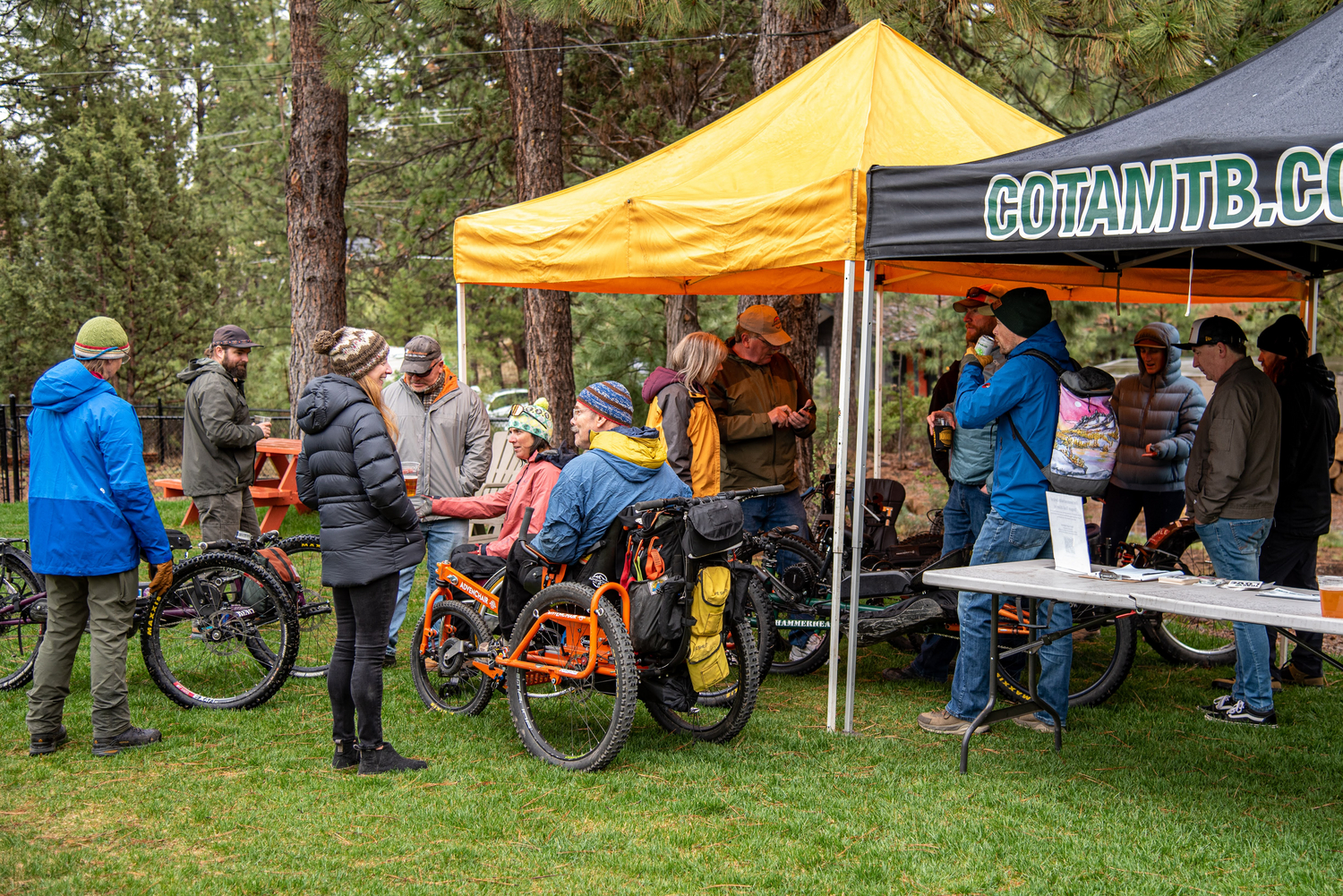

Joe and I will deliver our final recommendations to COTA soon, and then COTA’s mostly volunteer crew leaders will modify select trails in accordance with those recommendations. In addition, COTA will publish information about the 100 miles of assessed trails that will empower adaptive riders to plan epic rides in the Bend area.
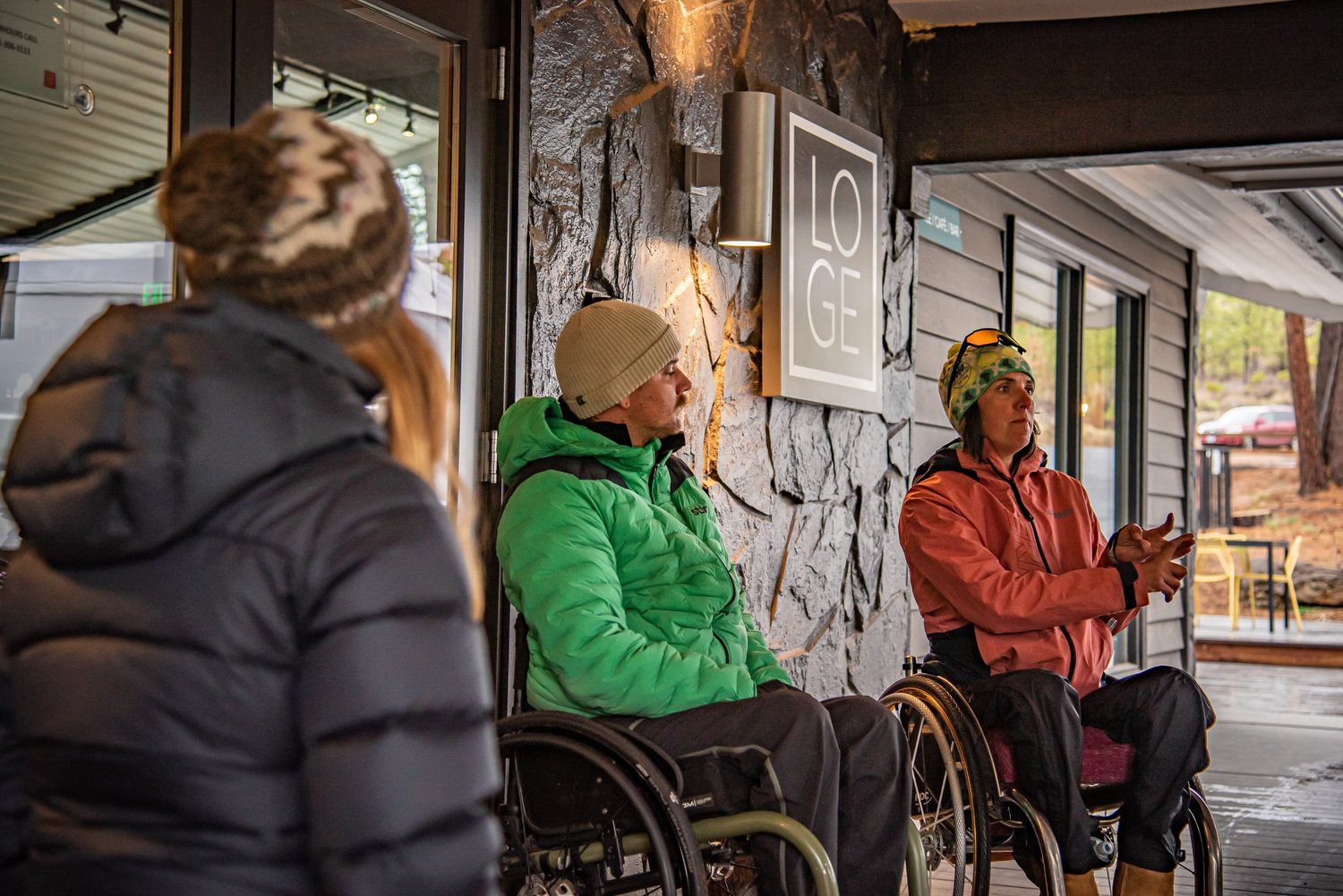
Looking further ahead, there are 150 more miles of trails on COTA’s radar to assess. Central Oregon is already a great place for adaptive mountain bike riders and their friends and family to ride, and it will only get better!



